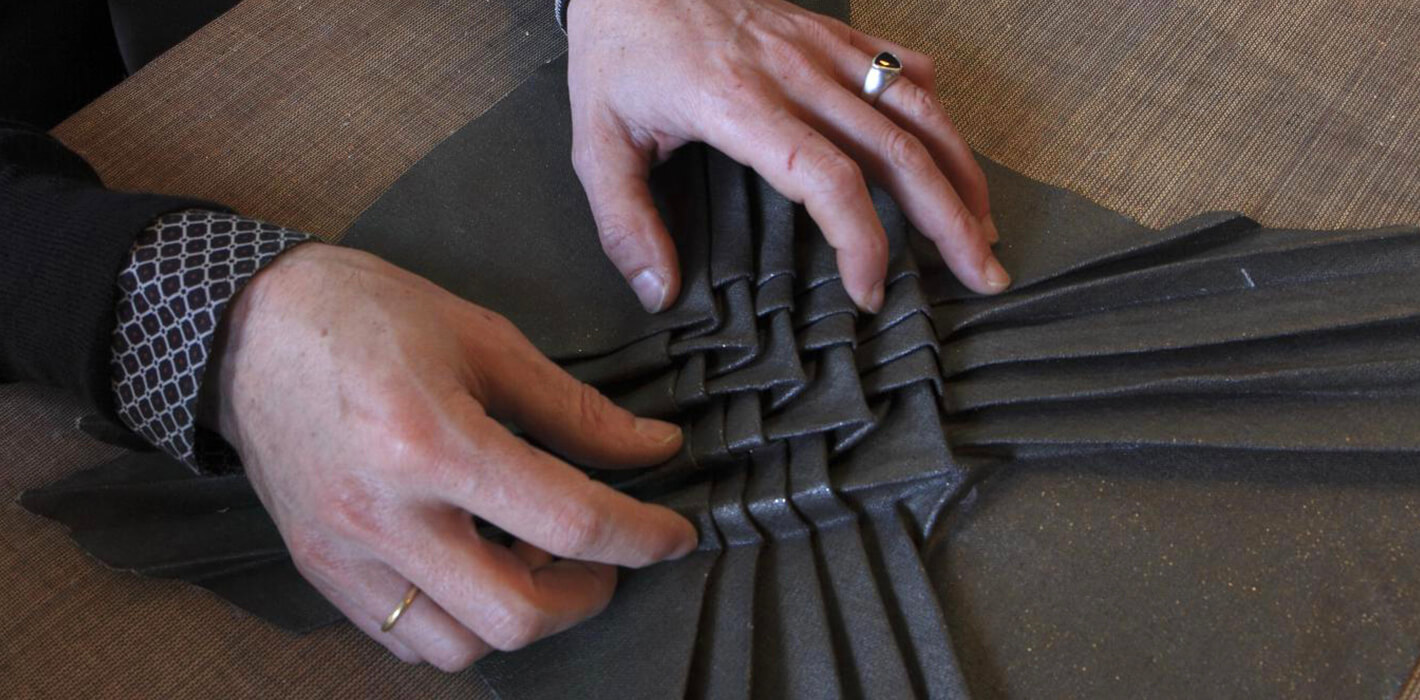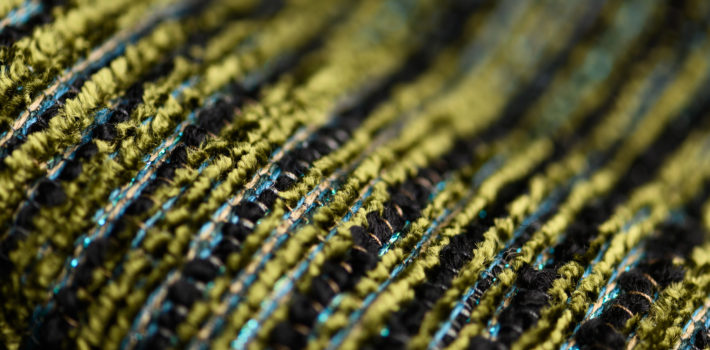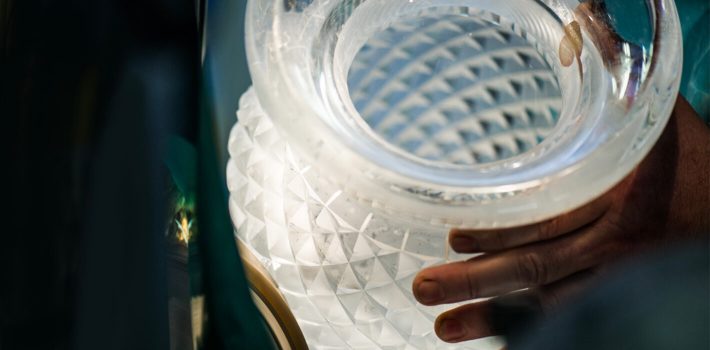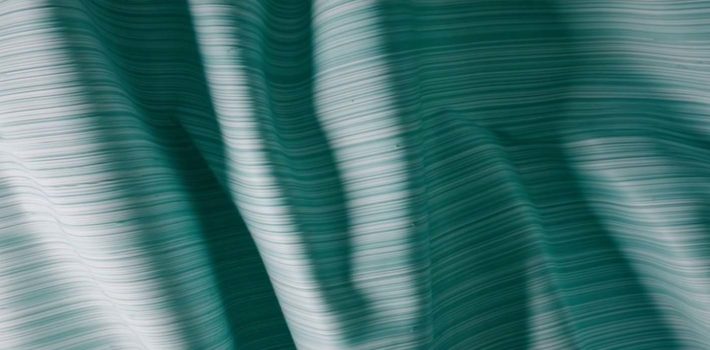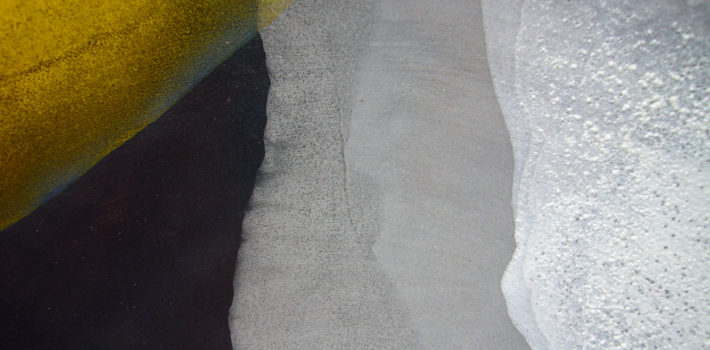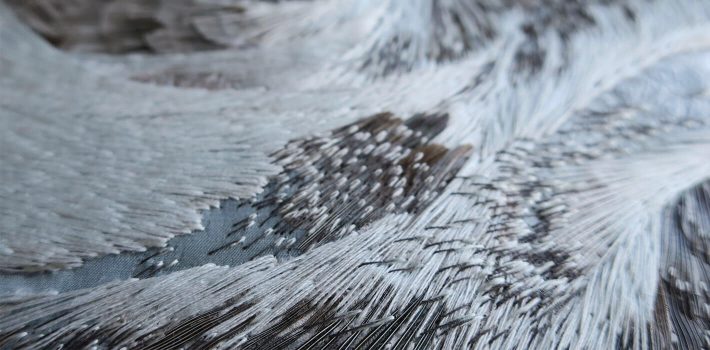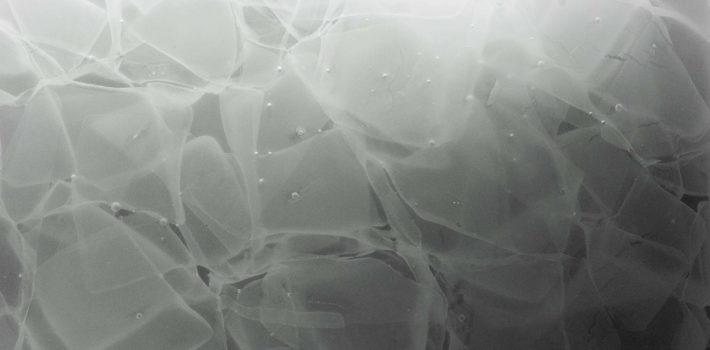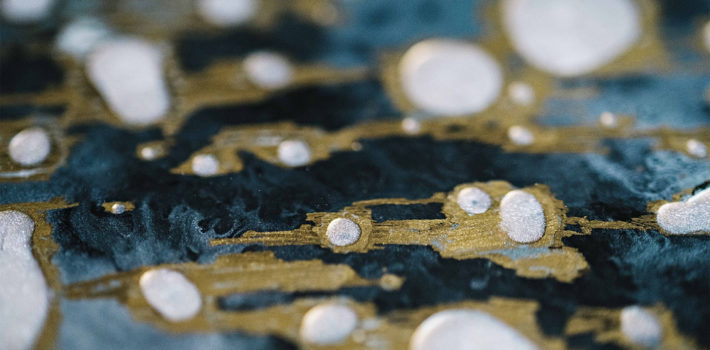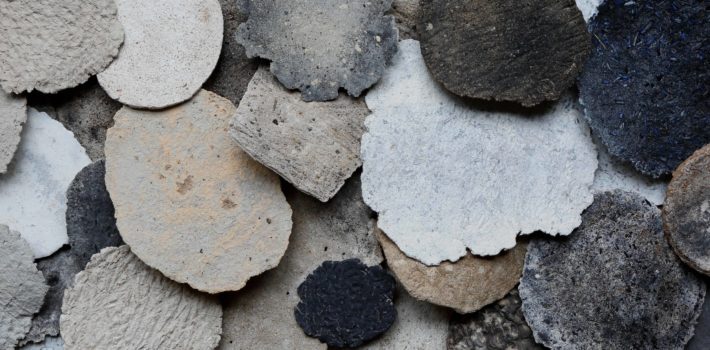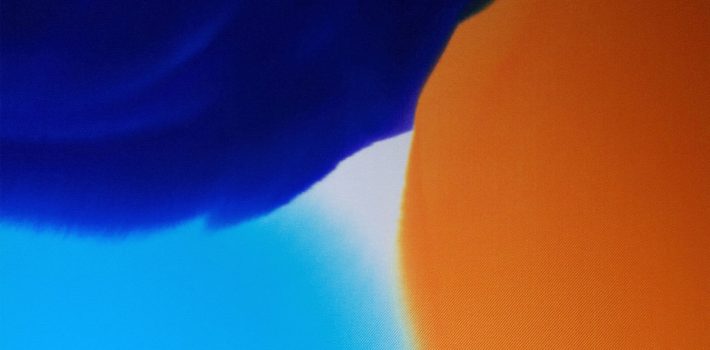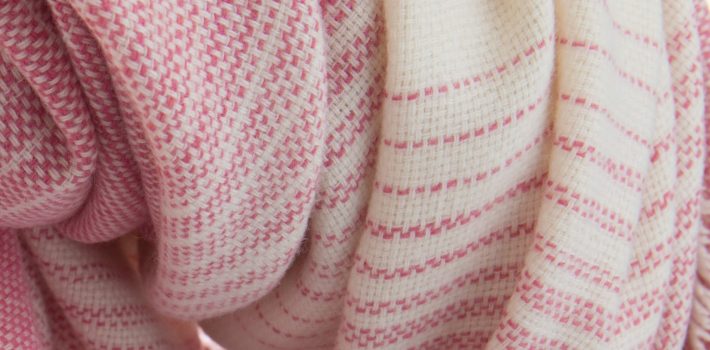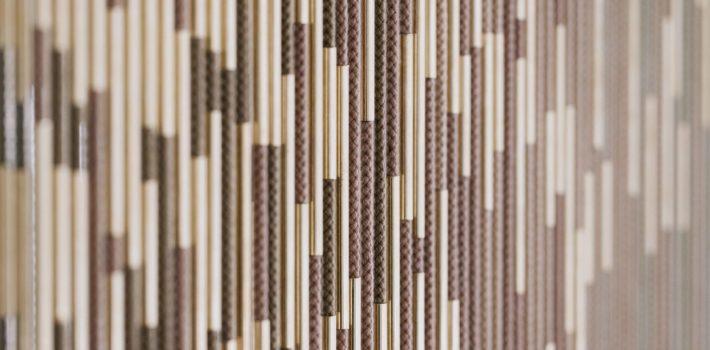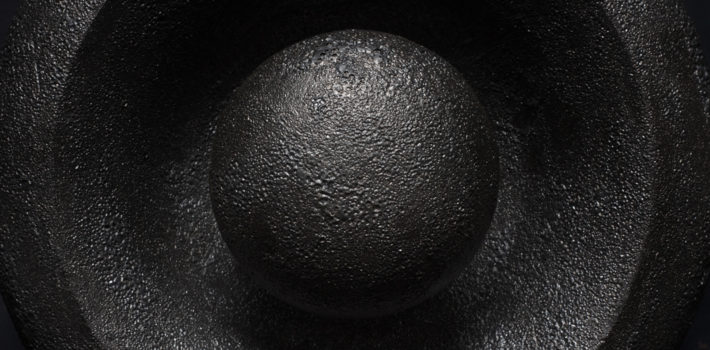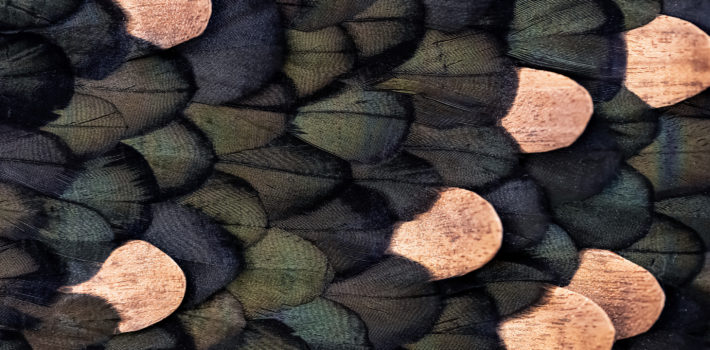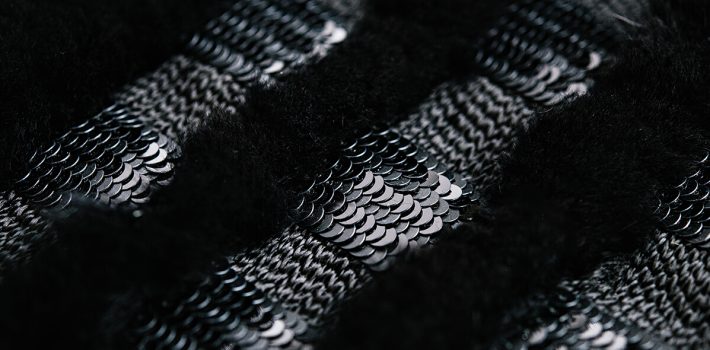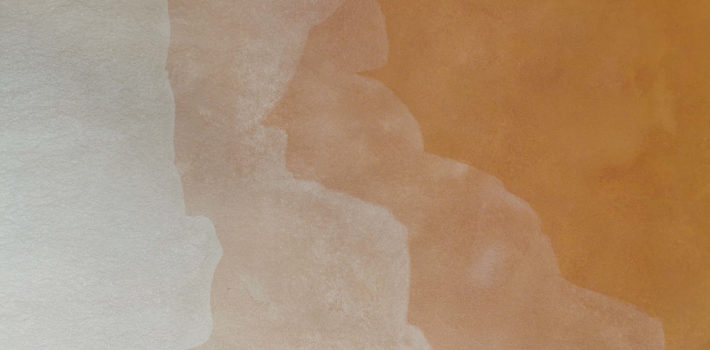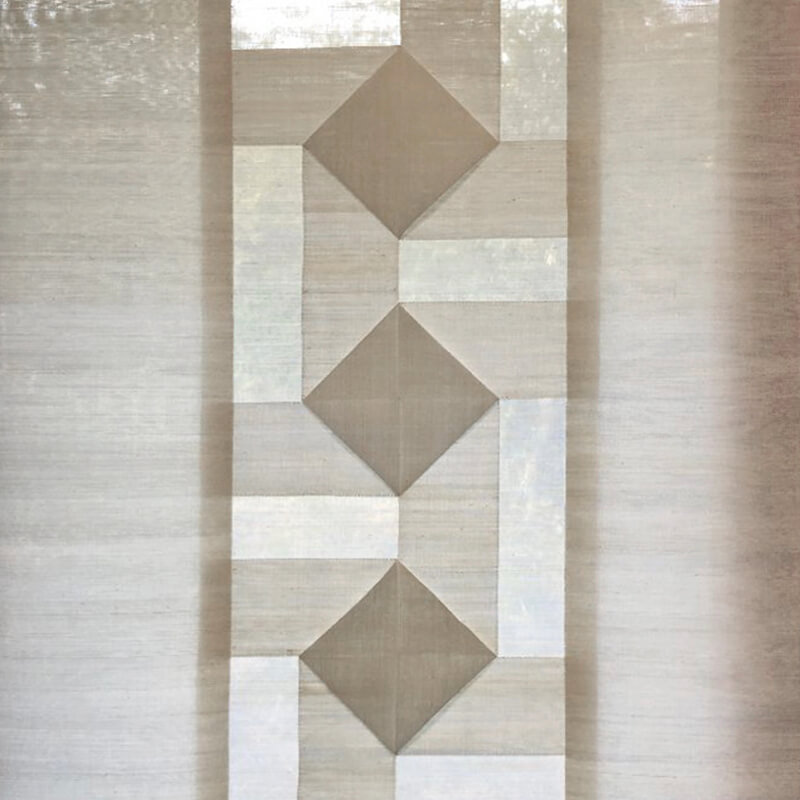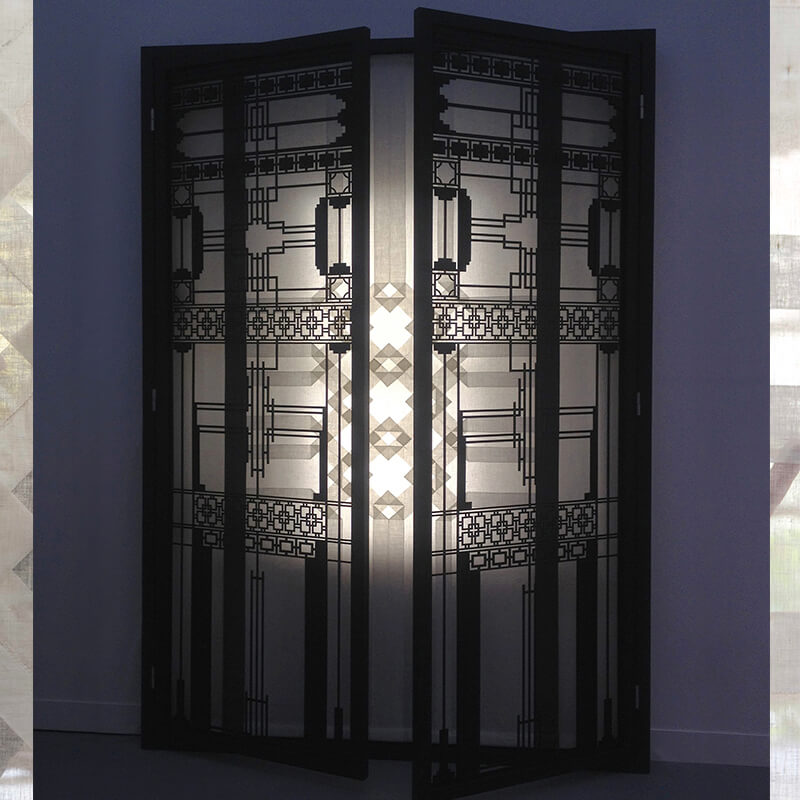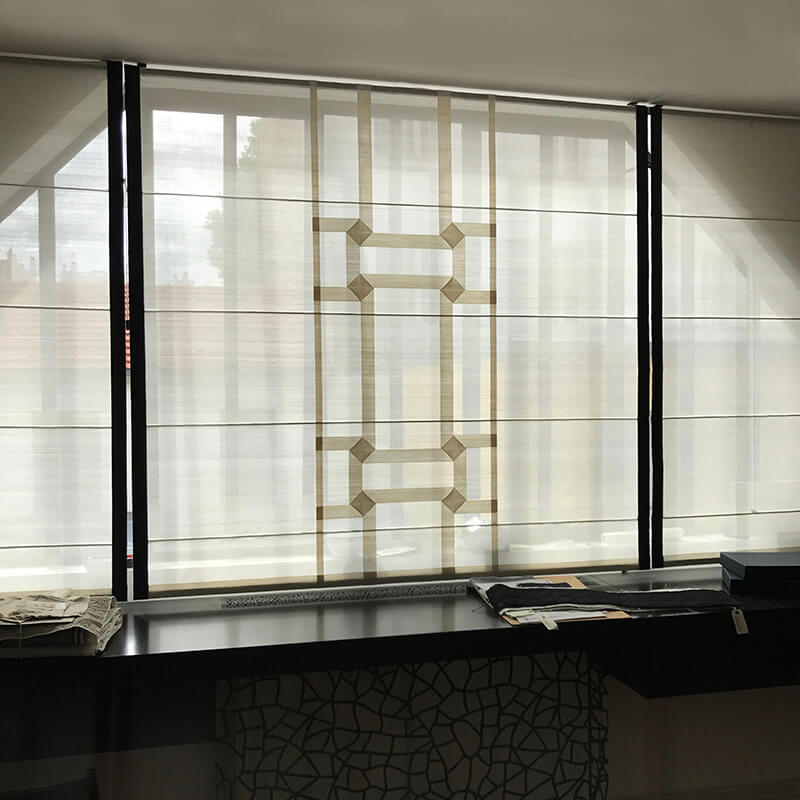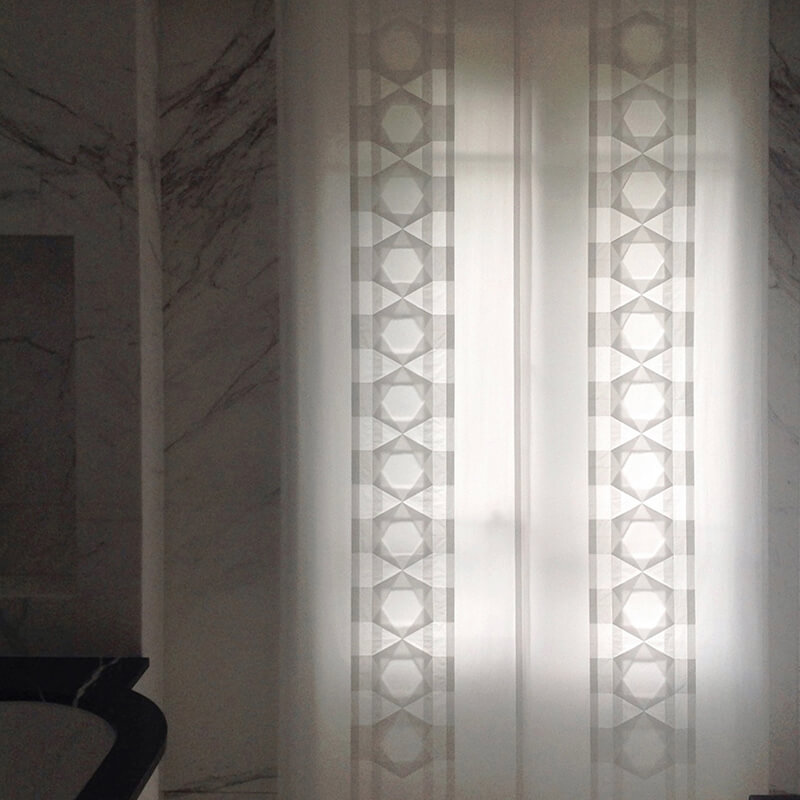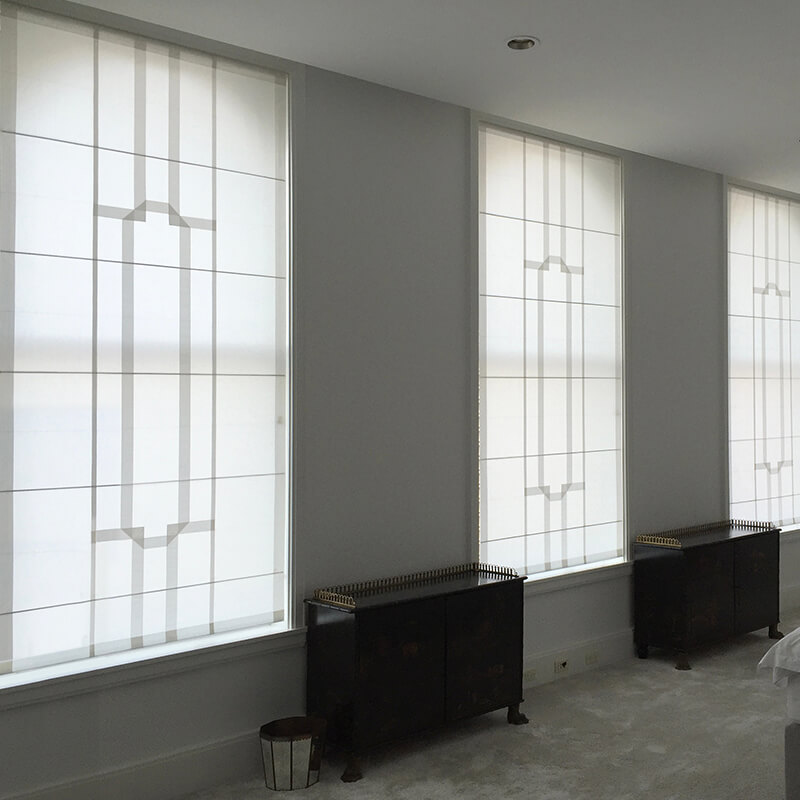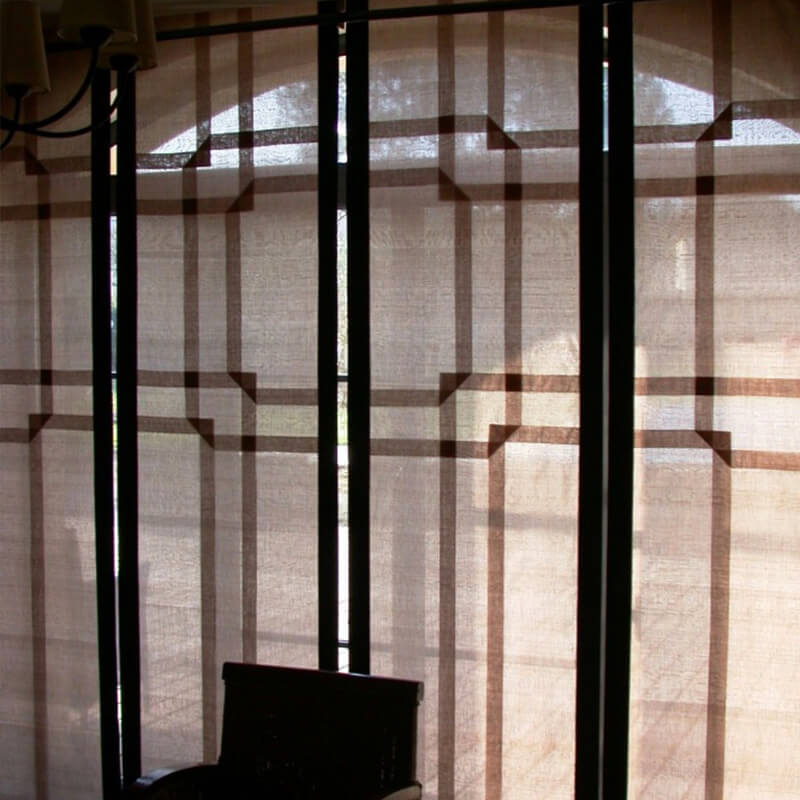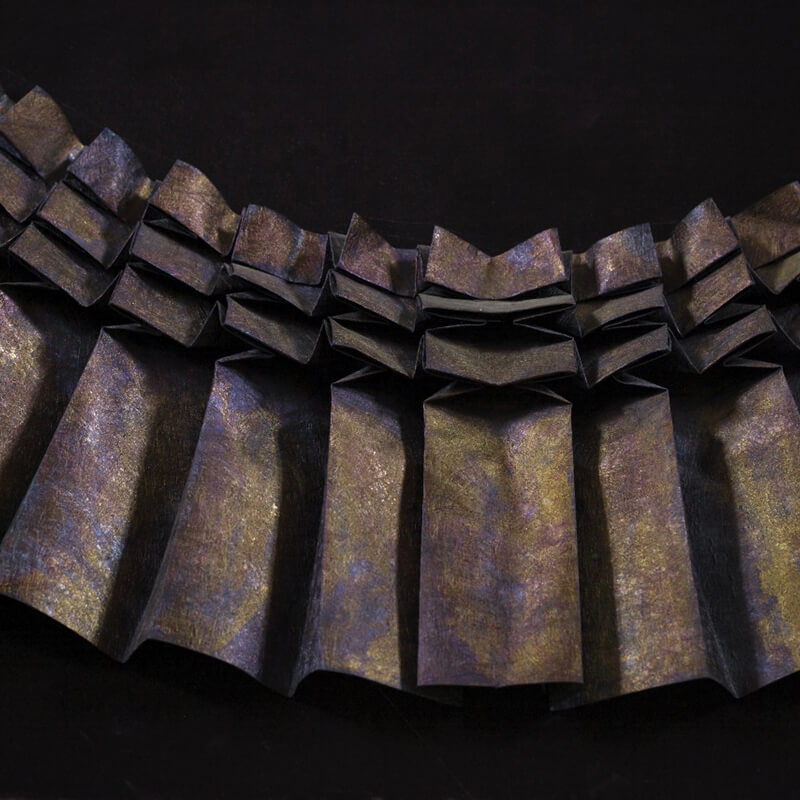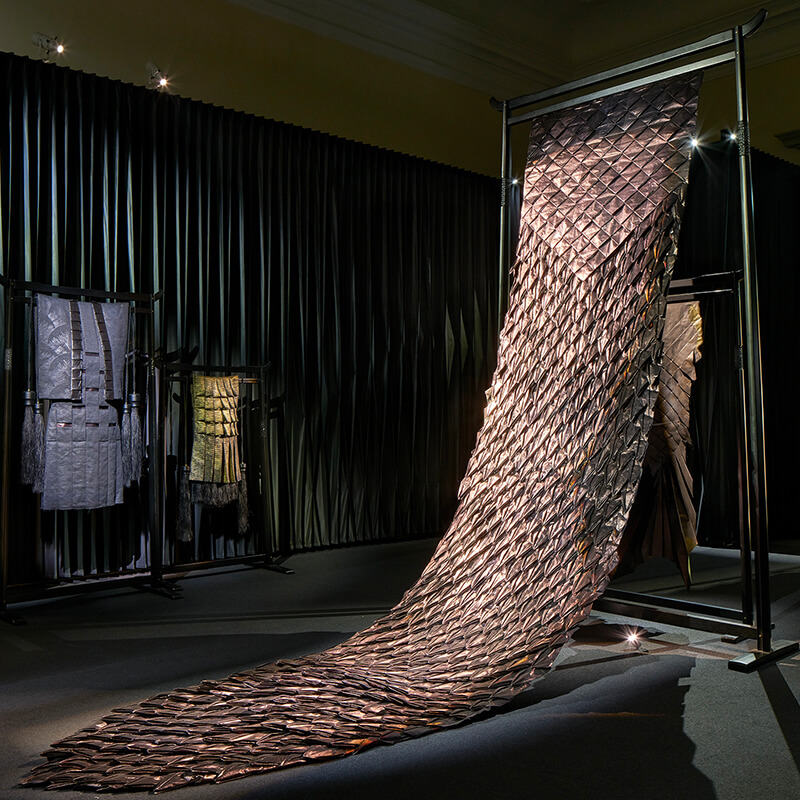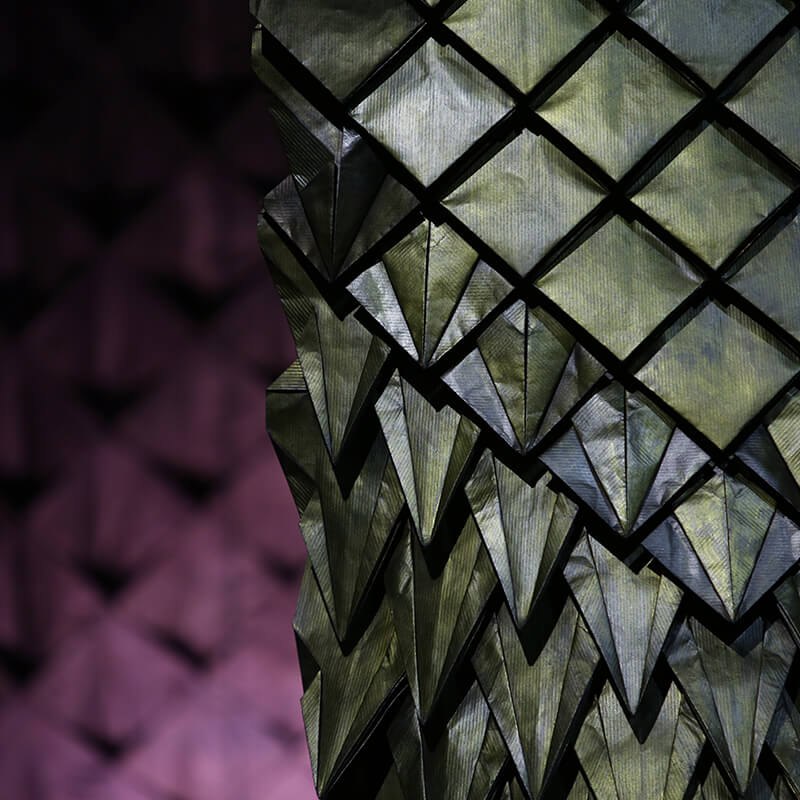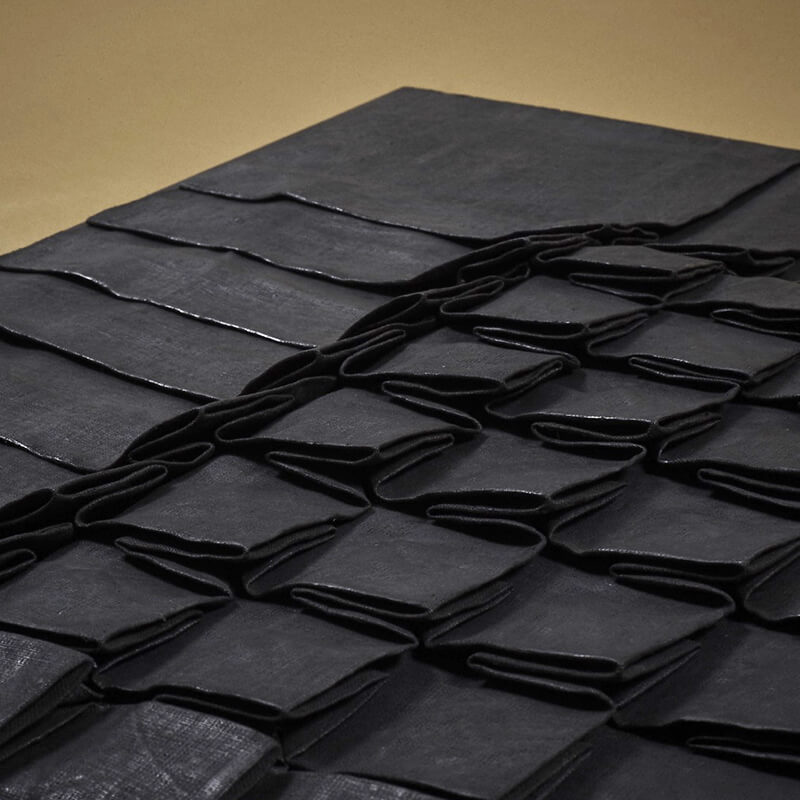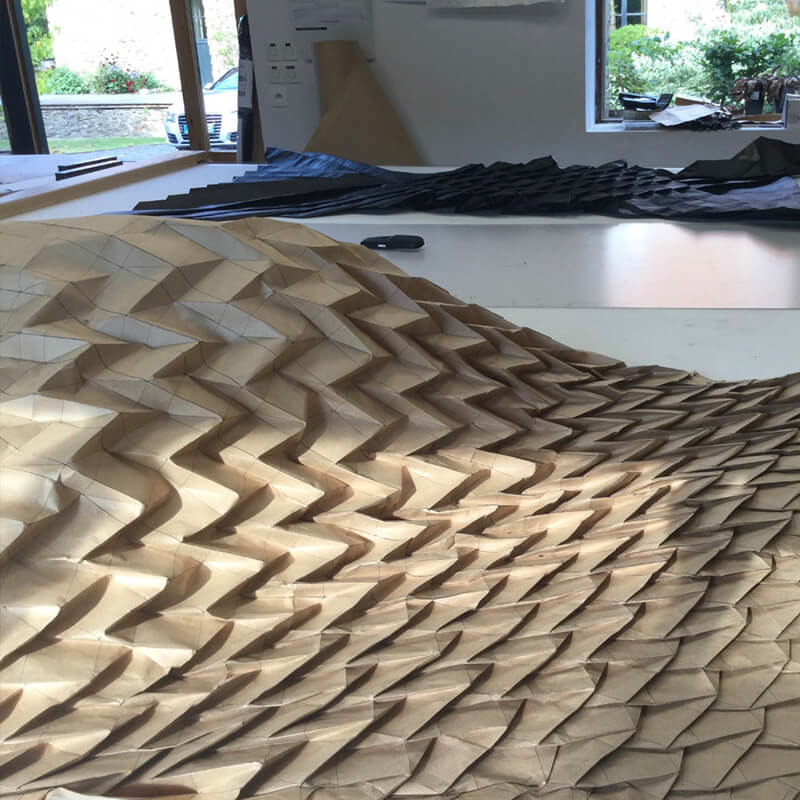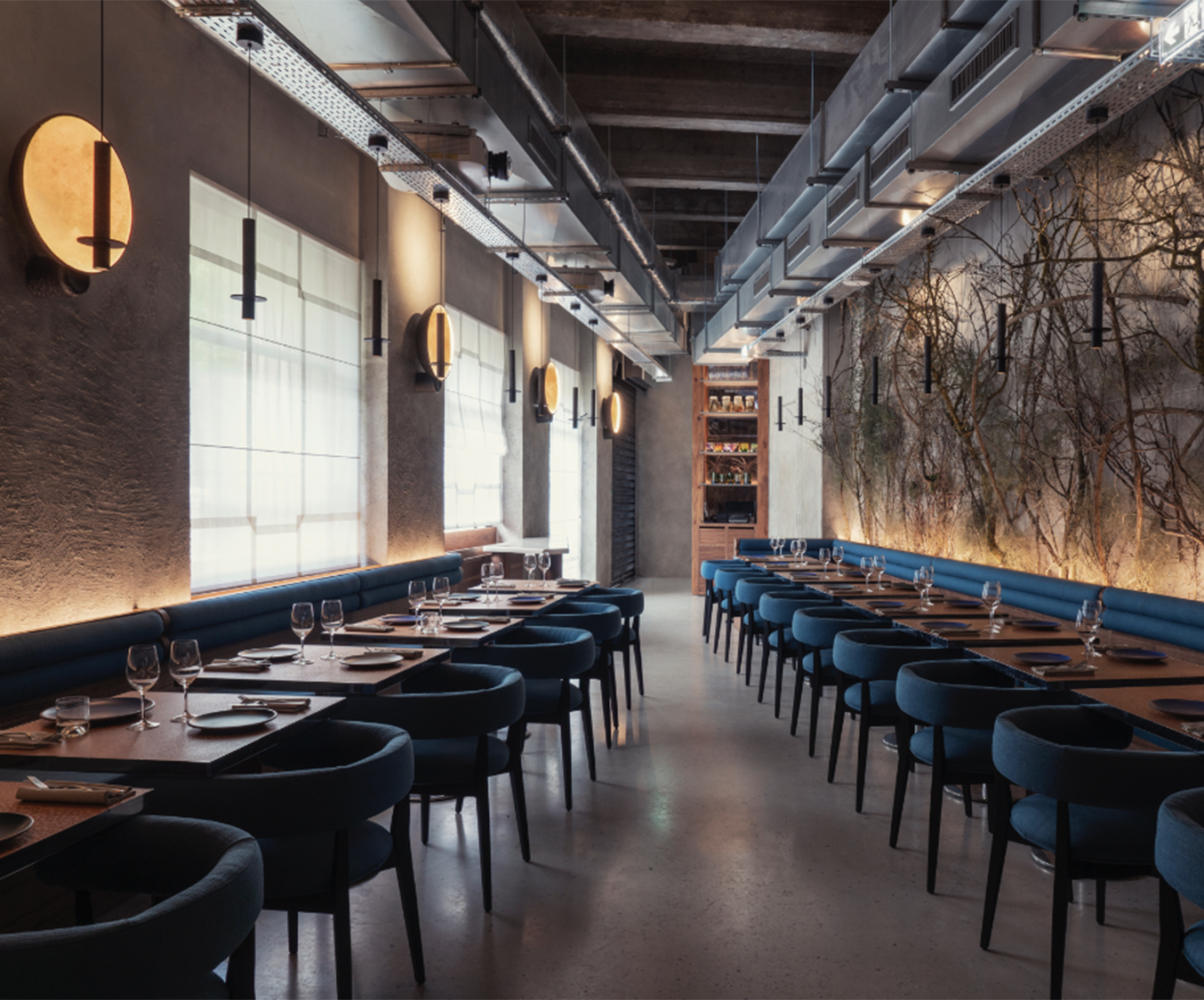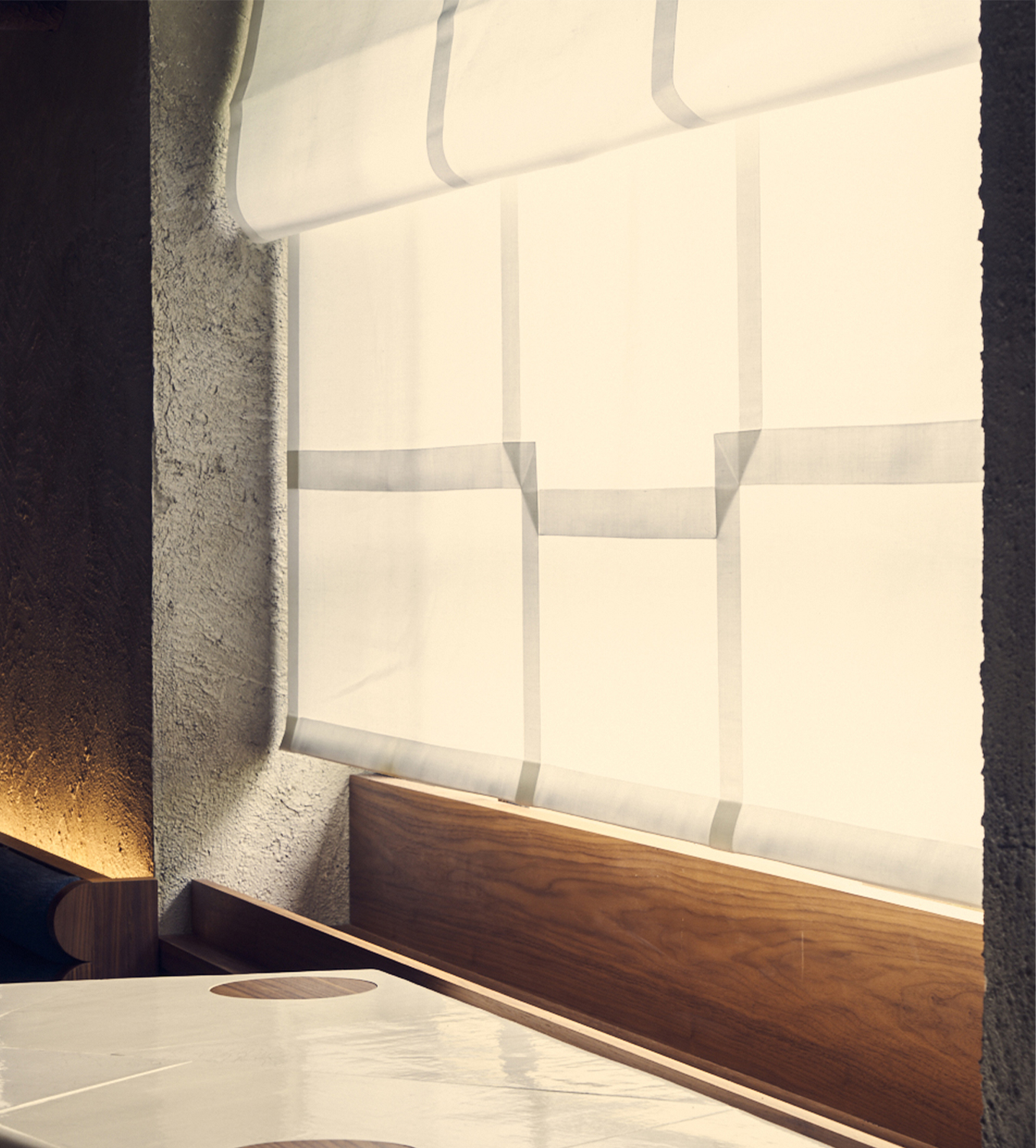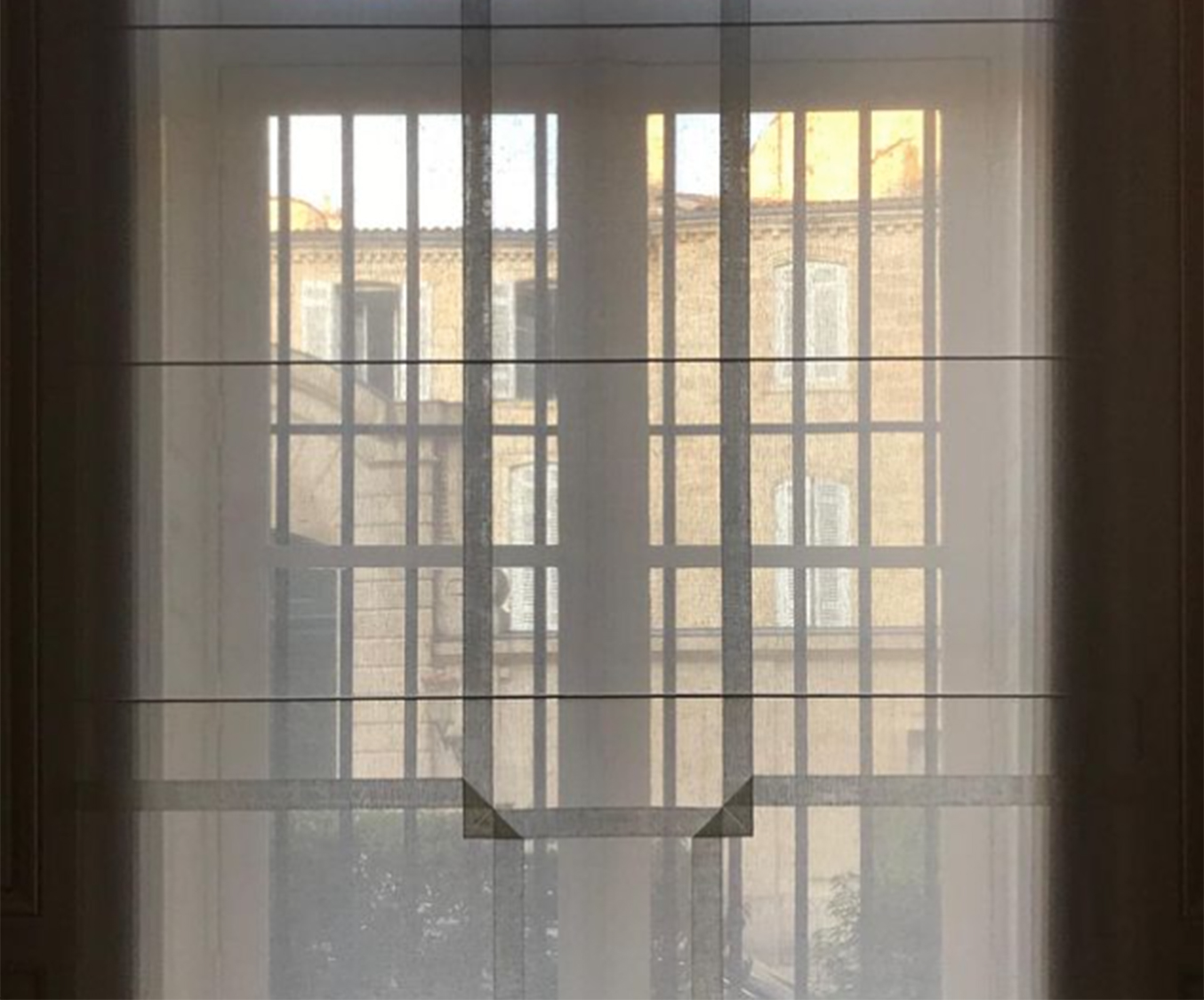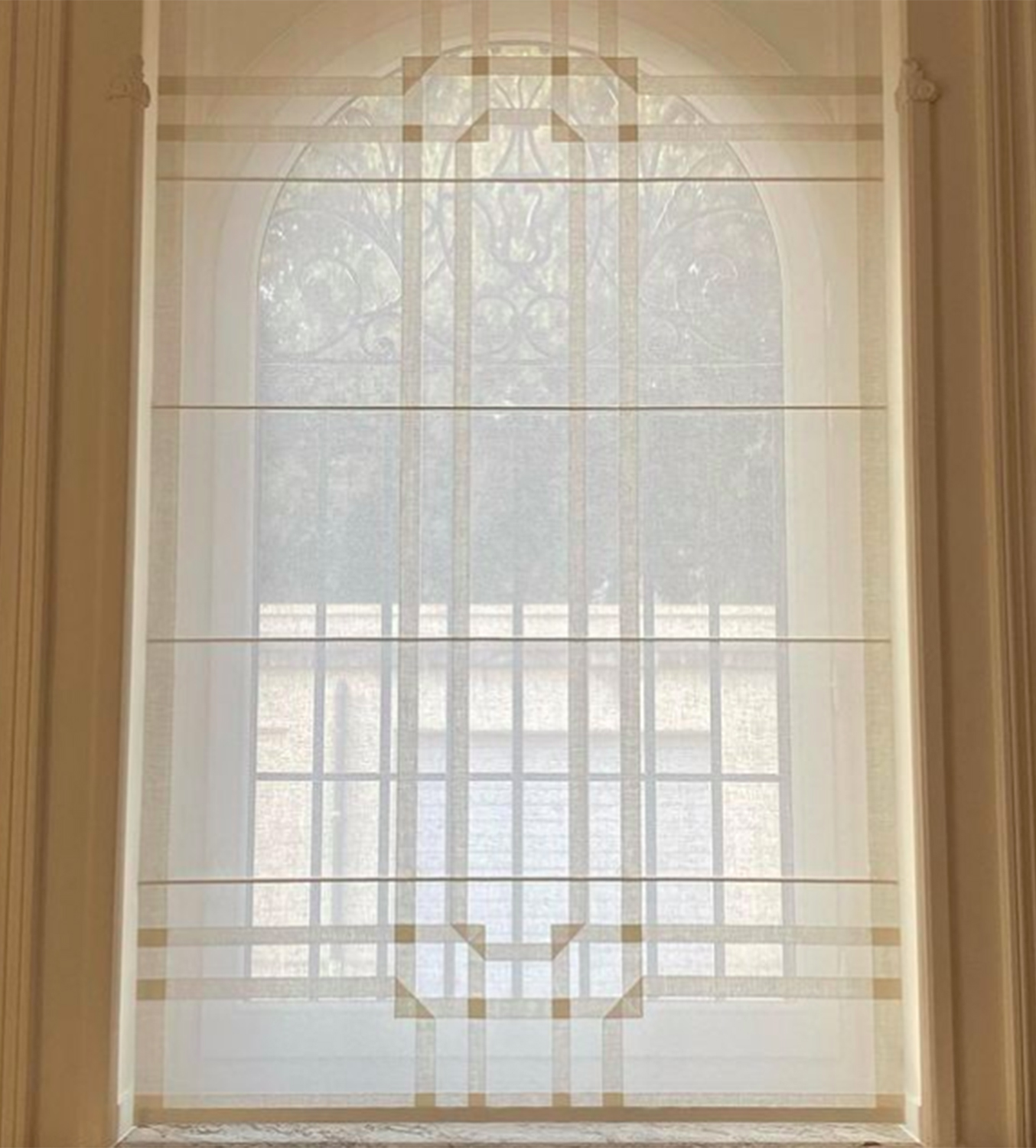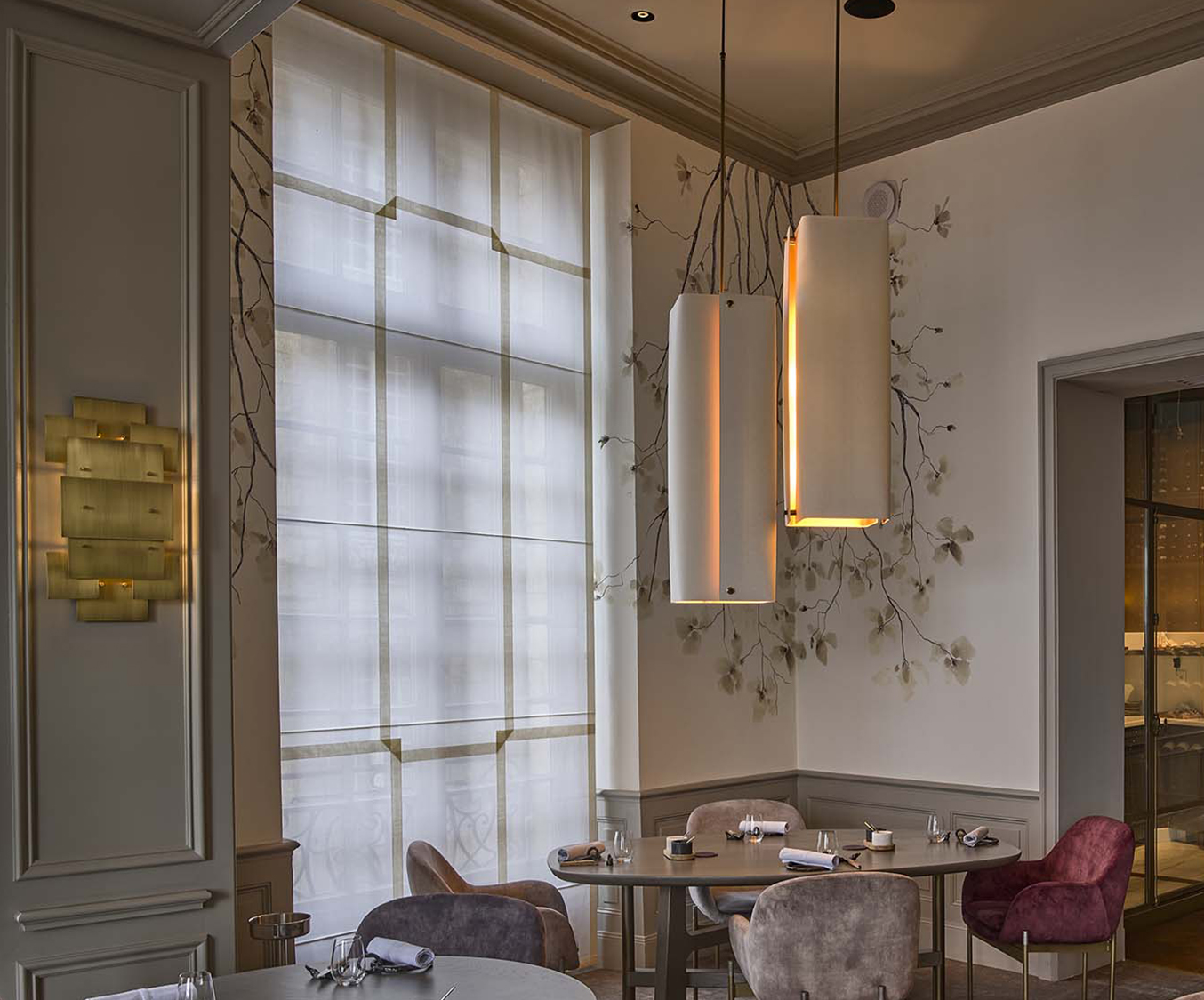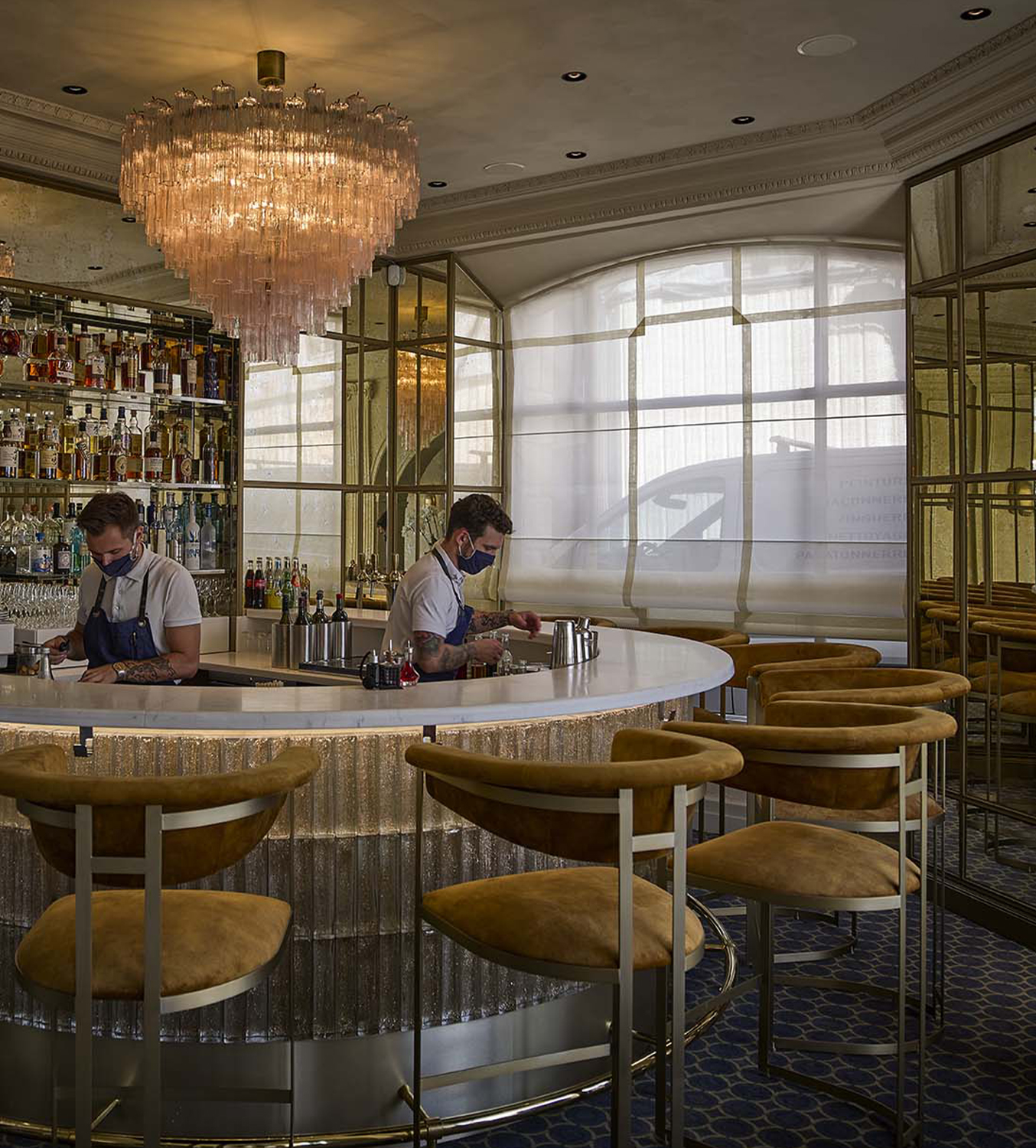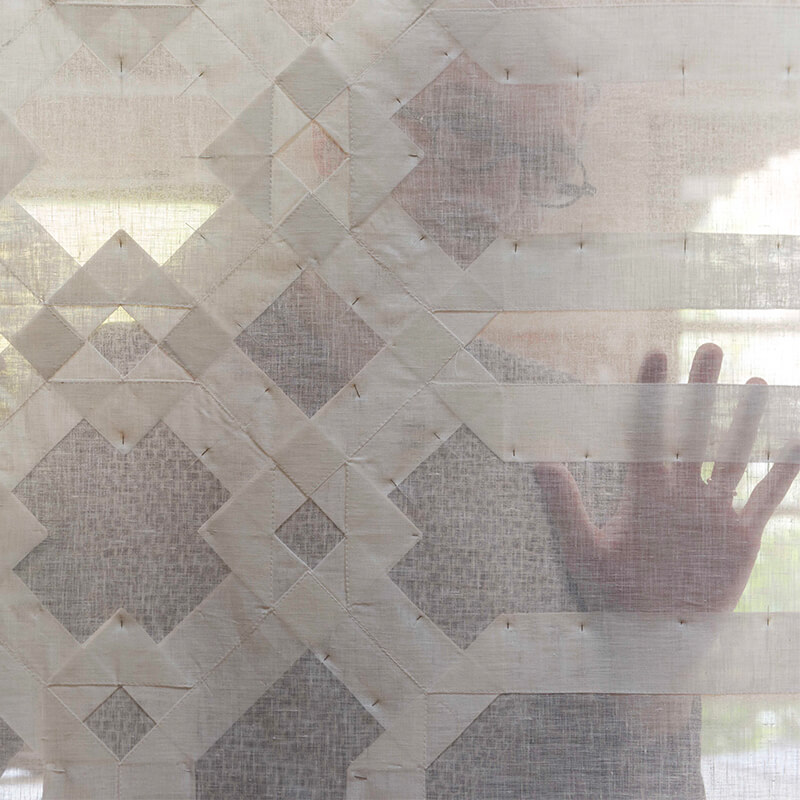
Pietro Seminelli
Based in : Paris
Savoir-faire : art of folding applied to textile creation
Interview conducted by Kristell Blache-Comte
Pietro Seminelli was appointed Master of Art in 2006 by the Ministry of Culture and Communication for his unique plastic reflection on the art of folding applied to textile creation.
If his creations find their place in decoration, architecture, haute couture or scenography, they are above all works in their own right. The fold, this writing that is unique to him, is the leitmotif and the operating method that can be identified in each of his creations, like diaphanous skins of great delicacy. Sensitive to texture as a material for expression, he develops and edits his own fabrics. The collection of blinds, curtains, screens, and lighting contributes to the creation of a timeless, distinctive and expressive universe – “because the fold is not part of a fashion, but is resolutely considered as a way of thinking”.
His registers of expression, mainly textiles, range from costume design for the Musée des Arts Asiatiques in Nice to the sculpture of original textile pieces exhibited in the permanent collection at the Musée des Tissus de Lyon. His creations are used in luxury boutiques such as Chanel around the world or Le Bon Marché Paris. His many collaborations with the great names in architecture and decoration such as Peter Marino, Michael Graves, Frank de Biasi, Jamal Lamiri Alaoui and many others, provide him with the opportunity to develop and mature unique and functional works each time.
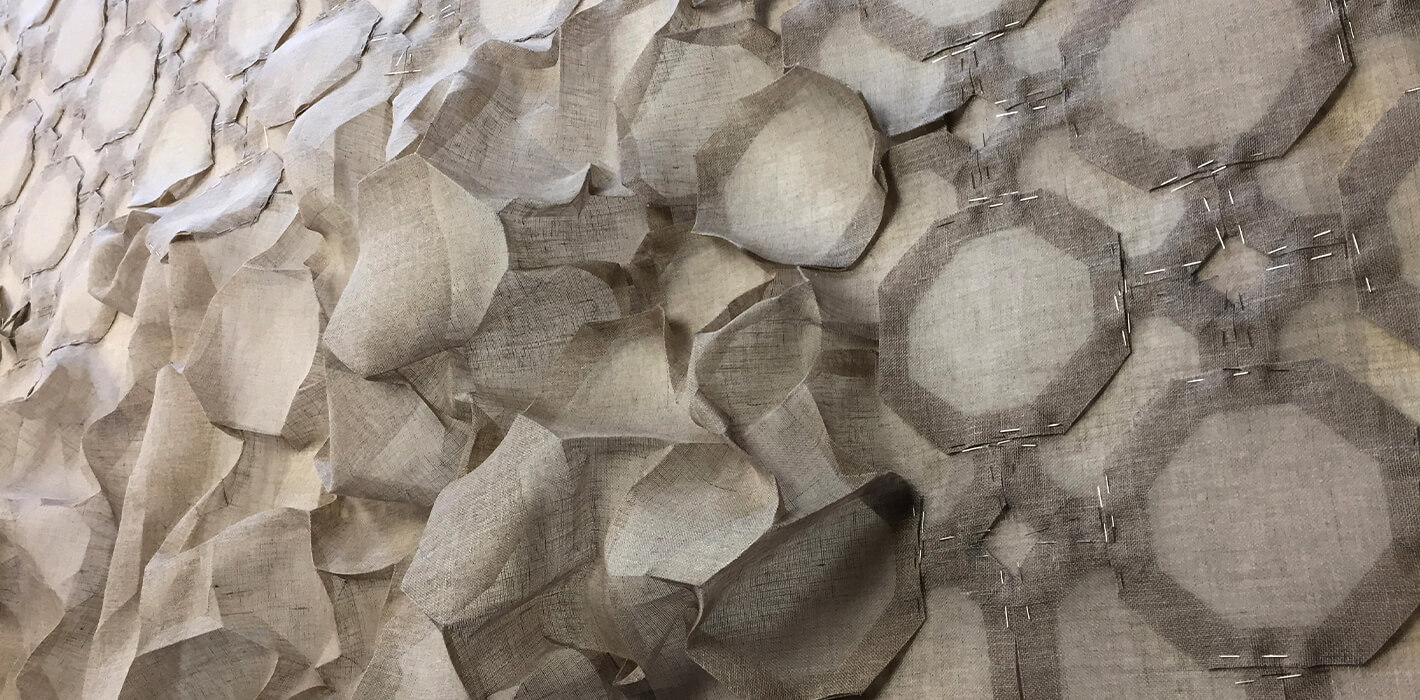
How would you define yourself ?
From experience I feel like an architect, a builder in the mind. I call myself a fold architect because I am not an architect and I am not a folder. I like this ambivalence of a know-how that is extremely mathematical, of a process like that of a hyper-regulated architect, and at the same time to find in this vocabulary enough freedom so that after, freed from technology, the works take shape of themselves, and that we give them another destination according to the application we will make of them. Besides that, exploring the skin is part of my work, it’s the dimension of the envelope, of the pupa, and that’s really something that’s personal to me, with the history of the fold.
I actually define myself as a plastic artist, or even a draftsman at the base and in this sense one could say designer, but I prefer to keep the French word “dessinateur“. Dessinateur, in the sense that we give form and life to things through drawing. I express myself through drawing for the object, as well as for the space, as for the architecture, as for the textile: everything starts with the hand and with the drawing.
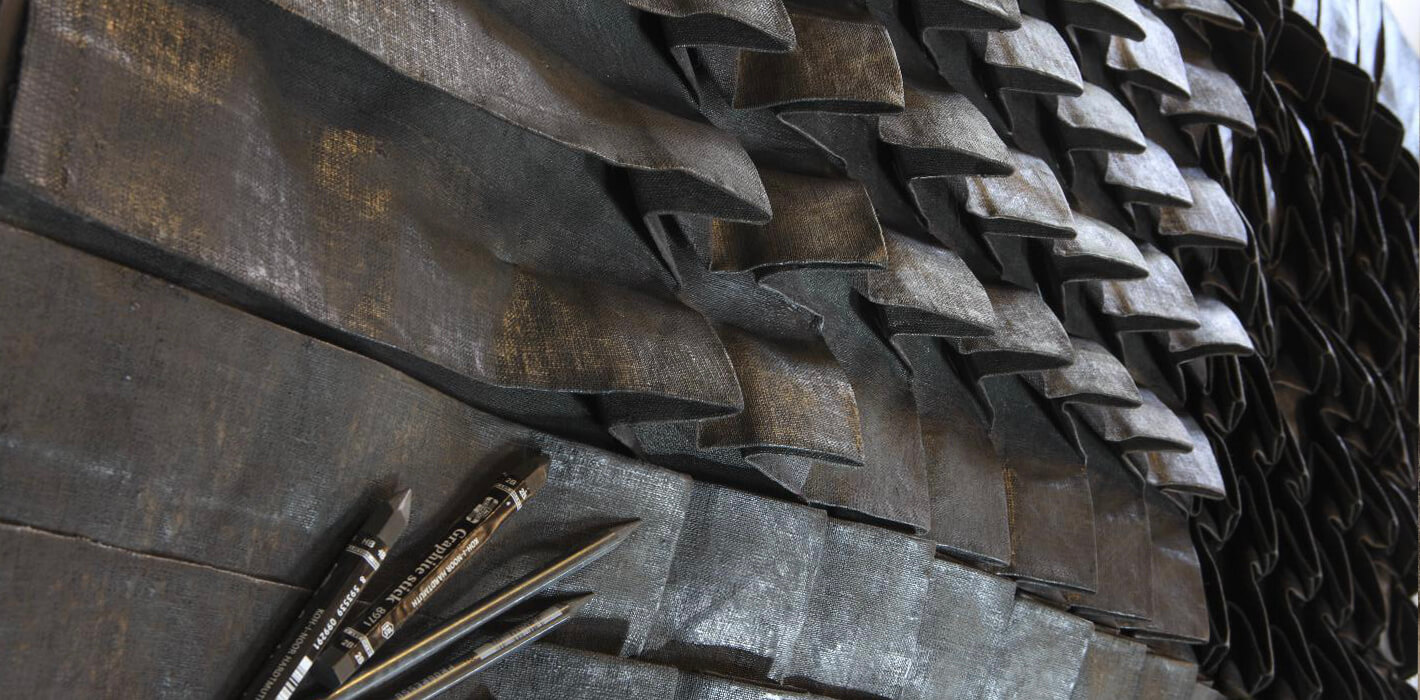
How did you learn that art and that sense of excellence ?
The fold was really for me a discovery, an outbreak, I unfolded at one point and I find that it really made sense in my story from the beginning. From the very first architectural models – when I was not at all aware of this process of building shapes – I treated them with folded paper without folding: I was already thinking with folding, almost by reflex, like something that was natural to me.
Then I learned at different levels of my professional life with architects, with meetings, as with Peter Marino because he pushed me for so many works – for shops of big luxury brands or for special projects… Some customers become a bit like that patrons, by being faithful in their orders, it allows to explore different things.
Now we work with a certain type of clientele and we have this requirement there, it is almost our DNA this excellence. And today I couldn’t do otherwise, because I’m constantly pushed to this level, it’s part of our company’s fundamentals. The impact of looking at a certain type of detail with such a sharp eye makes us hyper demanding at all levels, it impacts the way we see things on a daily basis.
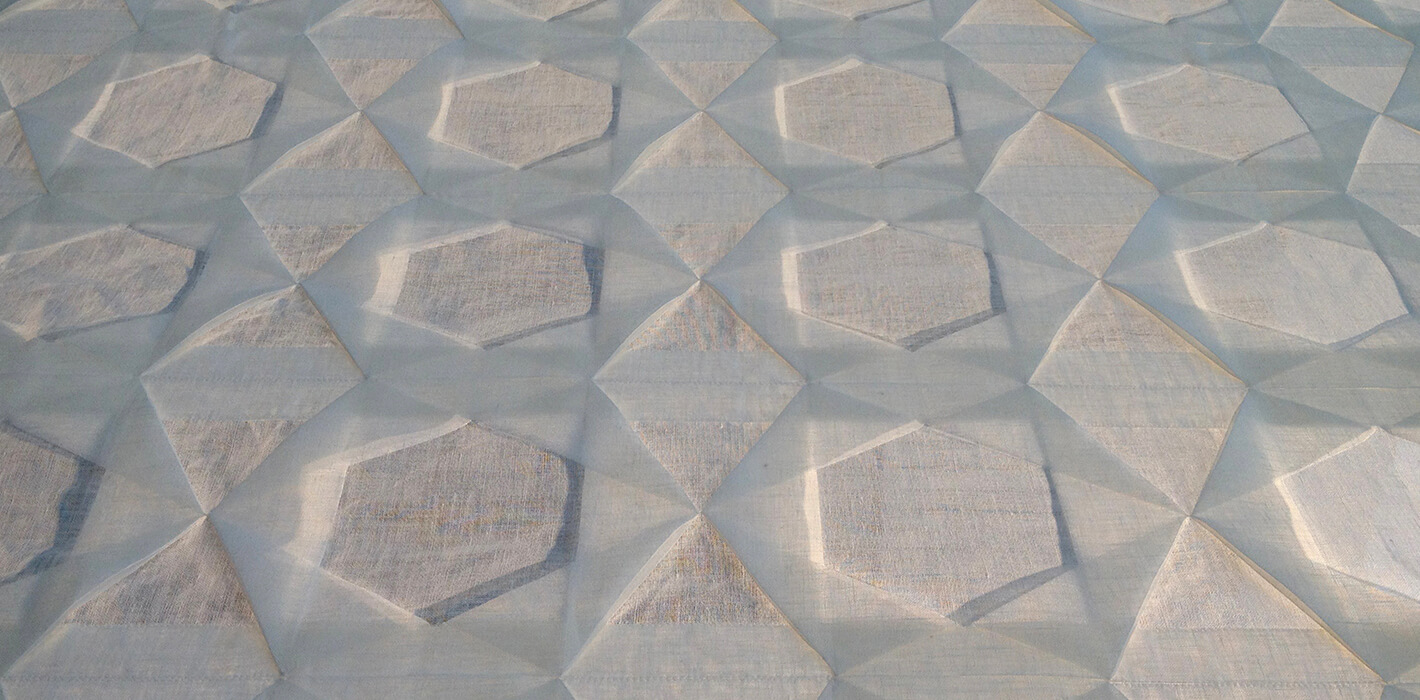
How do you establish a link between you and the fabric?
I always say to the workshop, if you’re not well, it’s no use working on the material because the material will respond to how you feel. We are not all stable over a working day, it requires a lot of concentration, and folding does not forgive anything.
We need such concentration, we must be totally in tune with what we do and what we put into it is a lot of ourselves, so we no longer think about anything, a forgetfulness of ourselves. There is a challenge with the material, we want to finish.
There is also an obsessive side to the fact that you want to control the sheet of paper or fabric. One moment we get into the game, and there is like a gymnastics of the gesture. When you master the gesture and see things magically appear, form, there is almost a jouissif side to seeing the work born, to say to yourself, that’s it, it exists.
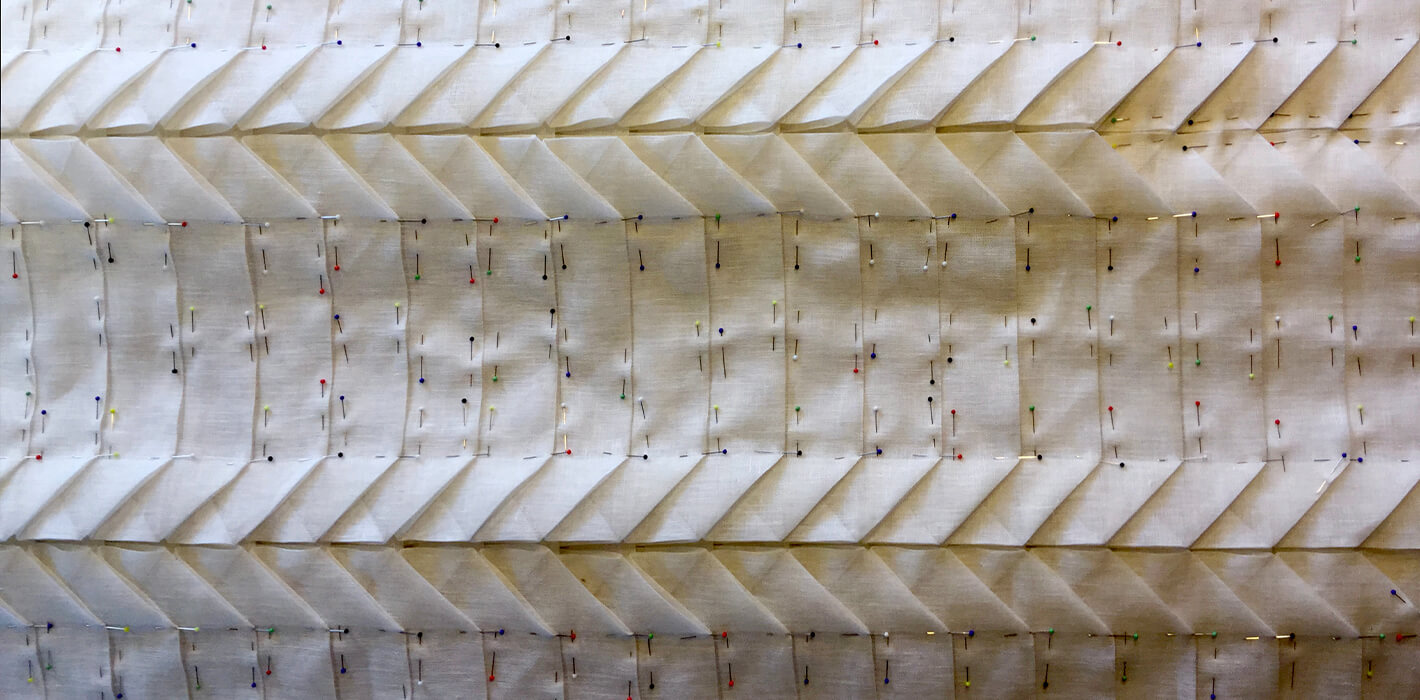
And regarding folding as a form of writing …
We’re like a pianist, like a spider. We use both our hands, always one hand above, one hand below, we can’t pull the material and so here we push it, we dig it. We push from below to form mountains and from above, we dig valleys. There is a kind of gymnastics of the folding machine to push and tuck the material in, and all of a sudden, we see it forming as we go along.
It’s like a score. And you can’t start it just anywhere: there’s a rigor that forces you to start in a certain place and in a certain direction, and then you progress. It’s very methodical. We are always in an interaction with matter; if we see that it cracks, we must not insist, there is this permanent dialogue with it.
It is a job of adjustment, you have to readjust yourself at every moment. And it’s like a piece of music, there can be a couac, but the couac is part of the work, we are in an immediacy where something happens.
Quote: in Leibnitz and the Baroque, Le pli, Gille Deleuze, Ed de minuit, 1990
